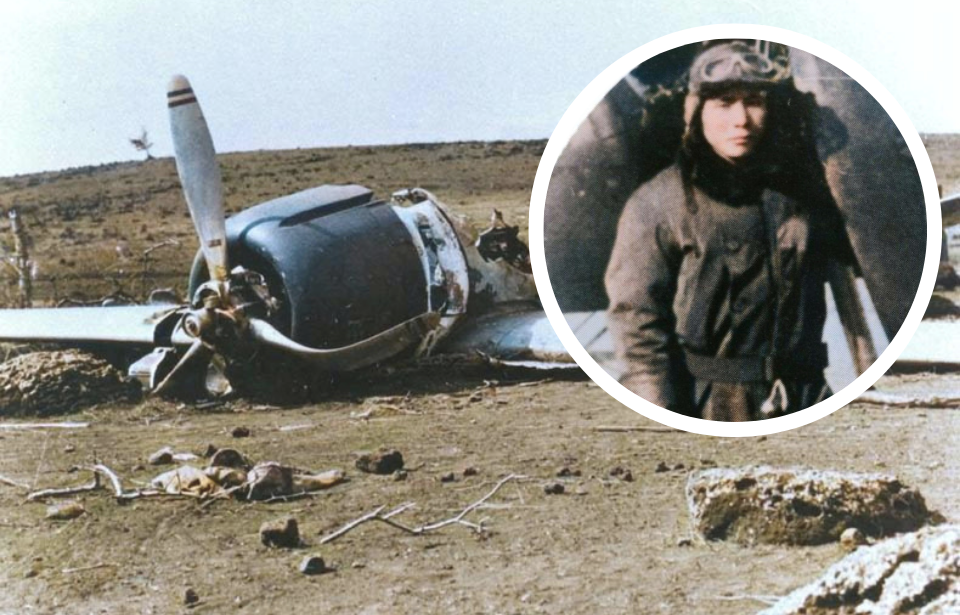Shigenori Nishikaichi crash-lands on Ni’ihau
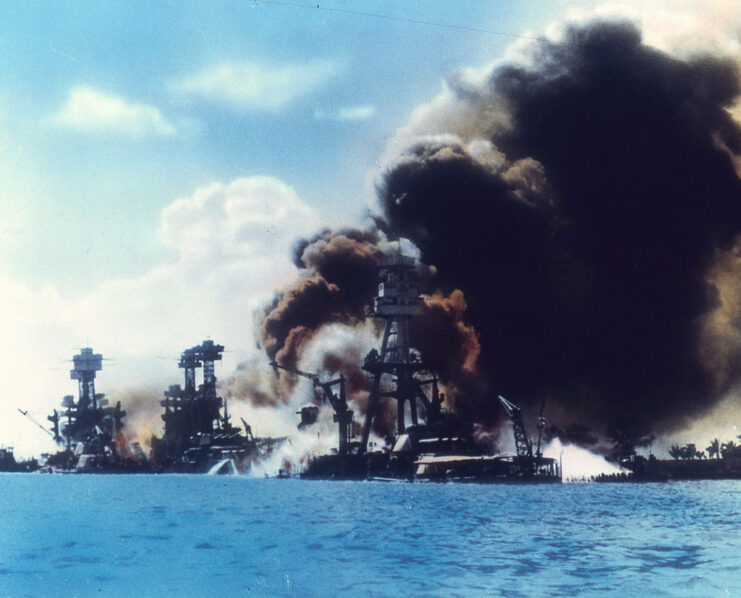
The attack on Pearl Harbor was meticulously planned by the Imperial Japanese Navy (IJN), with one key detail being the preparation for the eventual loss of many aircraft. Knowing that their planes wouldn’t be able to return to the carriers, the Japanese chose Ni‘ihau, a small, and believed to be uninhabited, Hawaiian island, as a potential rendezvous point for their pilots. From there, the pilots could await rescue by submarine, assuming the mission went as planned.
However, Shigenori Nishikaichi’s situation didn’t follow the script. After his Mitsubishi A6M2 Zero sustained damage, he struggled to make it to Ni‘ihau. The aircraft crashed upon landing, striking a fence and damaging its fuselage and propellers. The wreckage came to a halt near one of the island’s few residents, 29-year-old Hawila Kaleohano.
At the time, Kaleohano, along with others on the island, had no knowledge of the Pearl Harbor attack. When he found the crashed Zero and its Japanese pilot, he was able to drag Nishikaichi out of the wreckage, taking the pilot’s weapon and documents before Nishikaichi regained full consciousness.
Interacting with Ni’ihau’s inhabitants
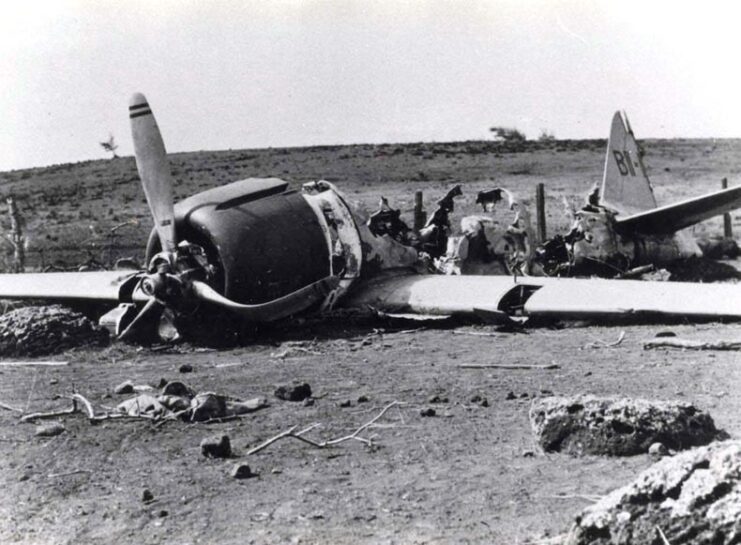
Hawila Kaleohano and Shigenori Nishikaichi had only a brief exchange, as Kaleohano spoke solely Hawaiian. To bridge the language gap, Kaleohano turned to his neighbor, Ishimatsu Shintani, a Japanese-born beekeeper, for help. Shintani was able to talk with Nishikaichi but soon declined to continue acting as a translator.
Following this, Yoshio and Irene Harada—residents of Japanese ancestry who spoke the language fluently—were brought in to assist. During their discussion, Nishikaichi revealed details about Japan’s surprise attack on Pearl Harbor. However, the Haradas chose to keep this information to themselves. When Nishikaichi requested the return of his weapon and official documents, the couple refused to hand them over.
Learning about the Japanese attack on Pearl Harbor

At first, the people of Ni‘ihau were in good spirits and welcomed the downed pilot warmly. They threw him a luau, shared food, and sang songs while he waited for a rescue. But the submarines that were supposed to retrieve him never came—they’d been reassigned to patrol for American ships instead.
As night fell, the atmosphere changed. Ni’ihau didn’t have electricity, but using a battery-powered radio—the only way to get news on the island—the transmission brought news of the attack. They realized the pilot they had just celebrated with was actually the enemy.
Still unsure of what to do, the islanders gave Nishikaichi shelter for the night and brought him to the shoreline the next morning, expecting the island’s owner, Aylmer Robinson, to arrive as usual. But Robinson didn’t show up—sea travel had been temporarily banned.
With no other options, a local couple named the Haradas offered to let Nishikaichi stay in their home. The rest of the villagers agreed, but insisted on posting guards outside the house around the clock to keep watch.
Shigenori Nishikaichi took advantage of the Harada family
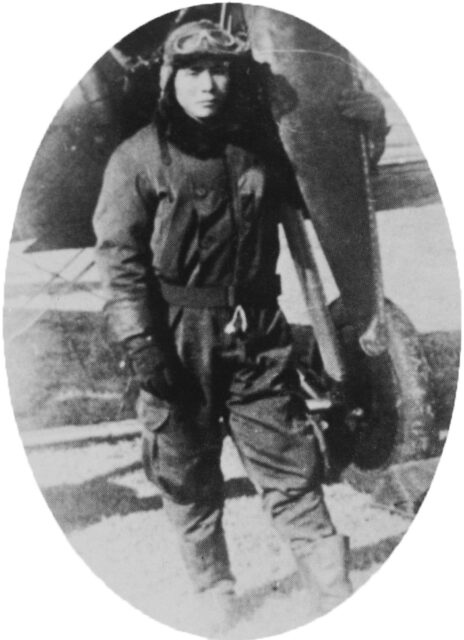
In the isolation of their island home, Shigenori Nishikaichi manipulated the Haradas’ sense of loyalty, slowly gaining Yoshio’s trust and, to some extent, his wife’s. On December 11, 1941, they decided to involve Ishimatsu Shintani once again.
The following day, Shintani approached Hawila Kaleohano, demanding the pilot’s papers and weapon. When Kaleohano refused, Shintani was forcibly removed from the hut. Realizing they couldn’t rely on their fellow countryman, Yoshio and Nishikaichi devised a new plan.
While Shintani confronted Kaleohano, Yoshio stole a shotgun and a pistol, hiding them in a honey storage warehouse. With the weapons ready, he and Nishikaichi overpowered the islander standing guard and headed for Kaleohano’s home. They broke in and searched for the documents, only to find that Kaleohano had already given them to a relative. Adding to their frustration, he had disappeared without a trace.
Seeking help from the island’s owners
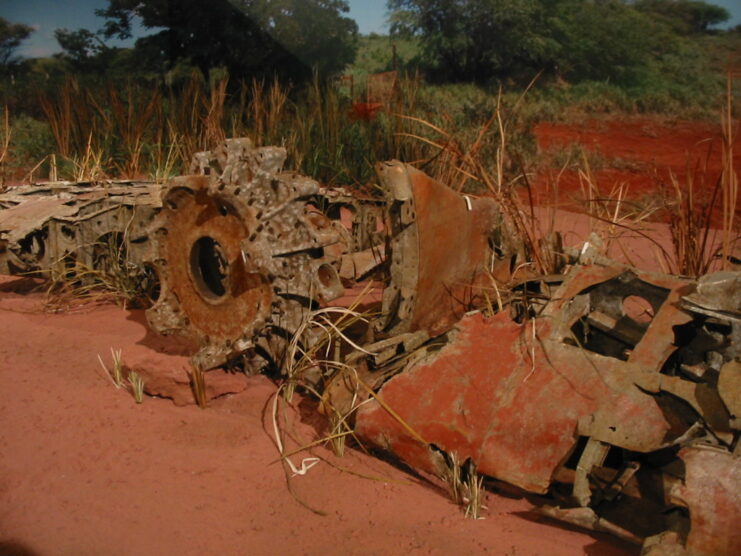
As the pair left the building, Hawila Kaleohano, who’d been hiding in the outhouse, made a run for it. Shigenori Nishikaichi took aim with the shotgun and fired at the fleeing man, but missed.
Kaleohano met with other islanders and gathered a few of them to accompany him to Kaua’i. The 10-hour boat trip took them to representatives of the island’s owners. The group set out while someone lit a beacon atop Mount Pānī’au, which was visible from Kaua’i.
Chaos ensues on Ni’ihau
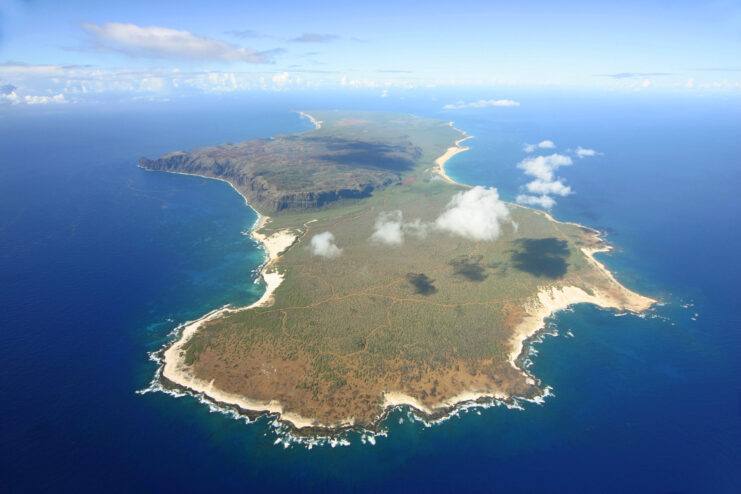
On the night of December 12, 1941, everything came to a head. Shigenori Nishikaichi and Yoshio Harada stormed the town and took hostages. They demanded Hawila Kaleohano be handed over or else everyone would be killed.
One man who pretended to look for Kaleohano was Benehakaka Kanahele, whose wife was one of the hostages. After stalling and pretending to look for the man, he urged Harada to take the pilot’s pistol. He refused, but did ask Nishikaichi for the shotgun.
As the aviator started to hand the gun over, Kanahele lunged at him. Nishikaichi was faster and pulled the pistol from his boot, shooting the man three times. This wasn’t enough to stop the enraged Kanahele, who hoisted Nishikaichi into the air and threw him against a stone wall. Kanahele’s wife grabbed a rock and bashed the pilot’s head, before her husband pulled a knife and cut his throat. Seeing this, Harada turned the shotgun on himself and took his own life.
Aylmer Robinson and reinforcements from Kaua’i arrived the next day and arrested Ishimatsu Shintani and Irene Harada. The latter was imprisoned for her role, while the former was interned in a camp.
More from us: Husband E. Kimmel: The Scapegoat for Pearl Harbor
Kanahele recovered from his wounds and received the Purple Heart, two Presidential Citations and Medal for Merit. Kaleohano was presented the Medal of Freedom in 1946, for his actions during the incident.
